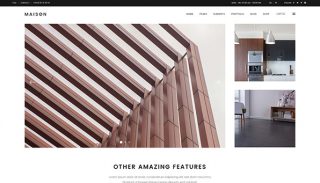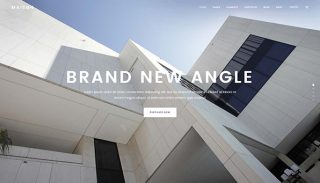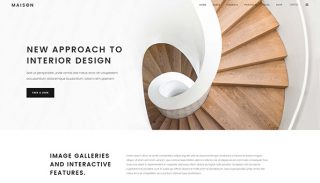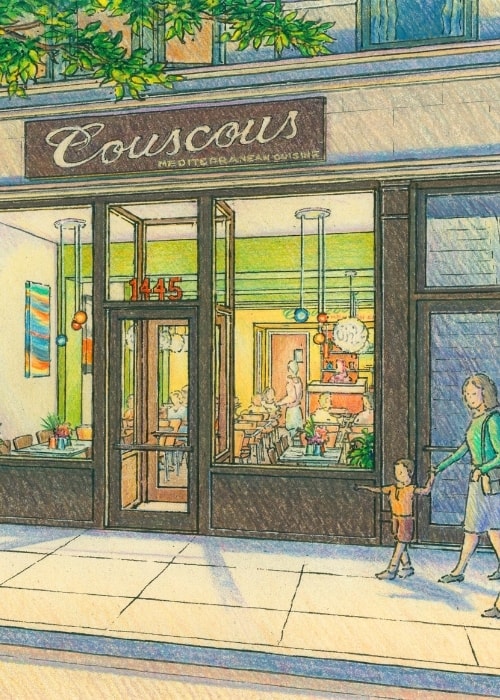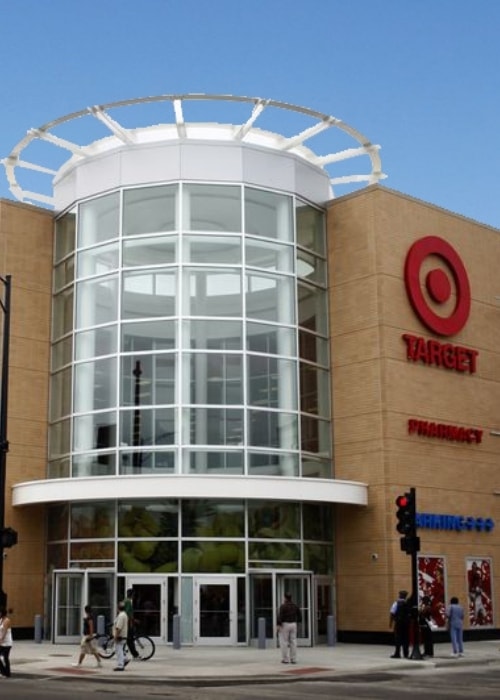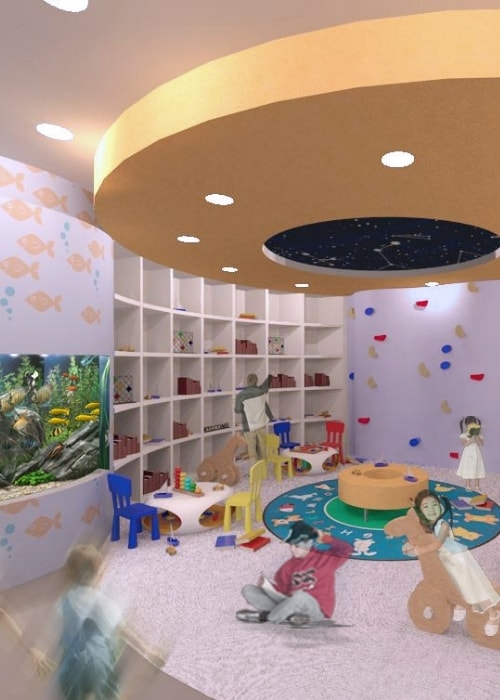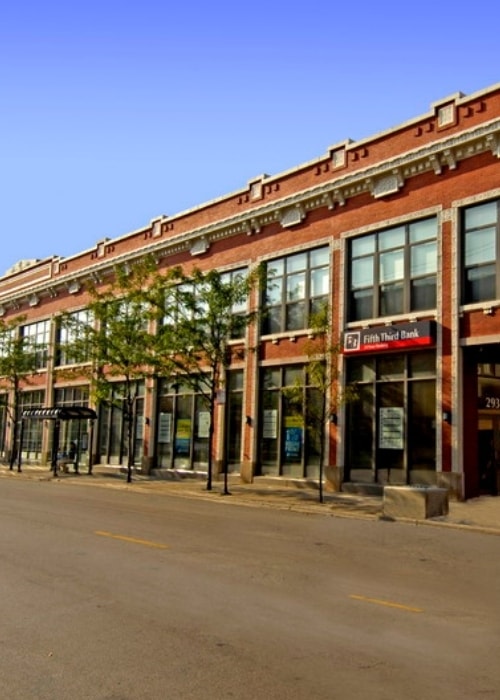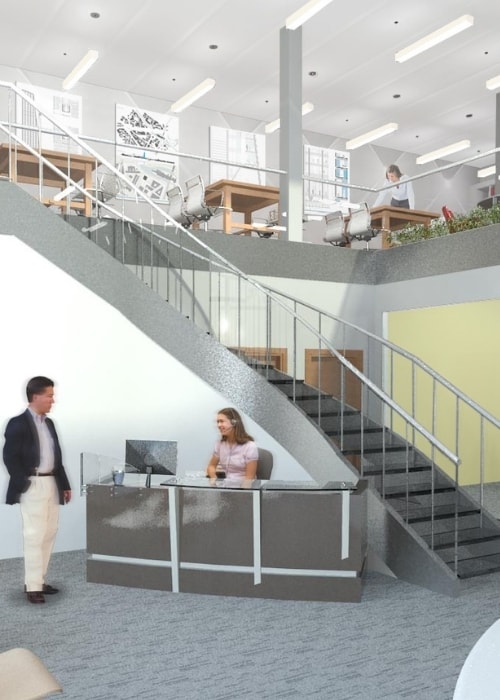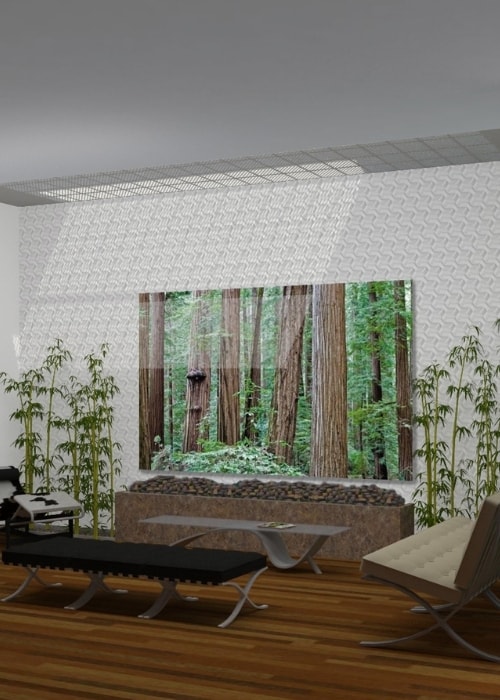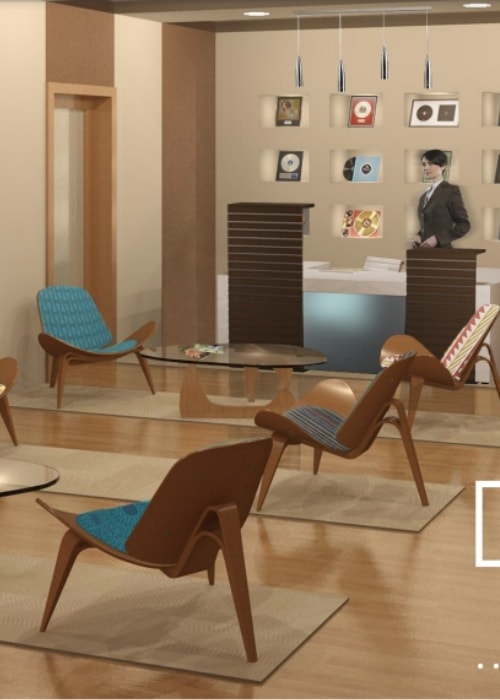Architects for commercial building, retail spaces and restaurants
When we take on commercial projects, such as offices, restaurants and retail spaces, we work hard to understand the functions and challenges of the space and their customers/ clients who will be frequenting the spaces. As an architects commercial building and retail buildings require a clearly defined approach. A successful commercial space can create streams of revenue for the business owners and also provide a great experience for customers and employees.
But what makes a commercial space a success? We believe that a well-designed commercial space should tick off some basic requirements.
The shopfront should define the purpose clearly. Visitors or passers-by should know they’re looking at a vintage thrift store or a luxury skincare brand before they see the signboard. As architects for restaurants, we make sure the décor and exteriors match the theme and mood of the restaurant.
Good design should offer visual cues to visitors and subtly guide them towards taking action.
Does the design demonstrate to people how to access and use the space? As an architect commercial buildings with concealed entrances and hidden functional spaces (like check-out counters, for example) just don’t make sense.
We ensure accessibility and ease of use for all, but there might be a few thoughtful touches that we can weave into a design. If a shopping area is some distance away from the city, it should have enough space for restrooms. A café with large windows should have awnings to provide shade from the harsh afternoon sun. Is there enough space for people who want to browse and people who want to buy?
As architects, commercial buildings – whether for office buildings or corporate clients – the space must cater to those who spend many hours in it. Most people spend more of their day in the office than they do at home. Is the space welcoming? Is it ergonomic? Does it have fresh air, sunlight, space for recreation, facilities for the staff to use?
If we have been hired as architects for restaurants or eating spaces, we work to improve the client experience. Does the restaurant complement the chef and the menu? Does it help diners feel relaxed? Is it conducive to the mood that the restaurant wishes to set?
It is also the responsibility of architects for restaurants to ensure that we design for the people who work here as much as the people who eat here. Can we improve the flow of wait staff around the restaurant? Can the kitchen and storage areas be more efficient?
These are just some of the starting points that we use when considering a space.


